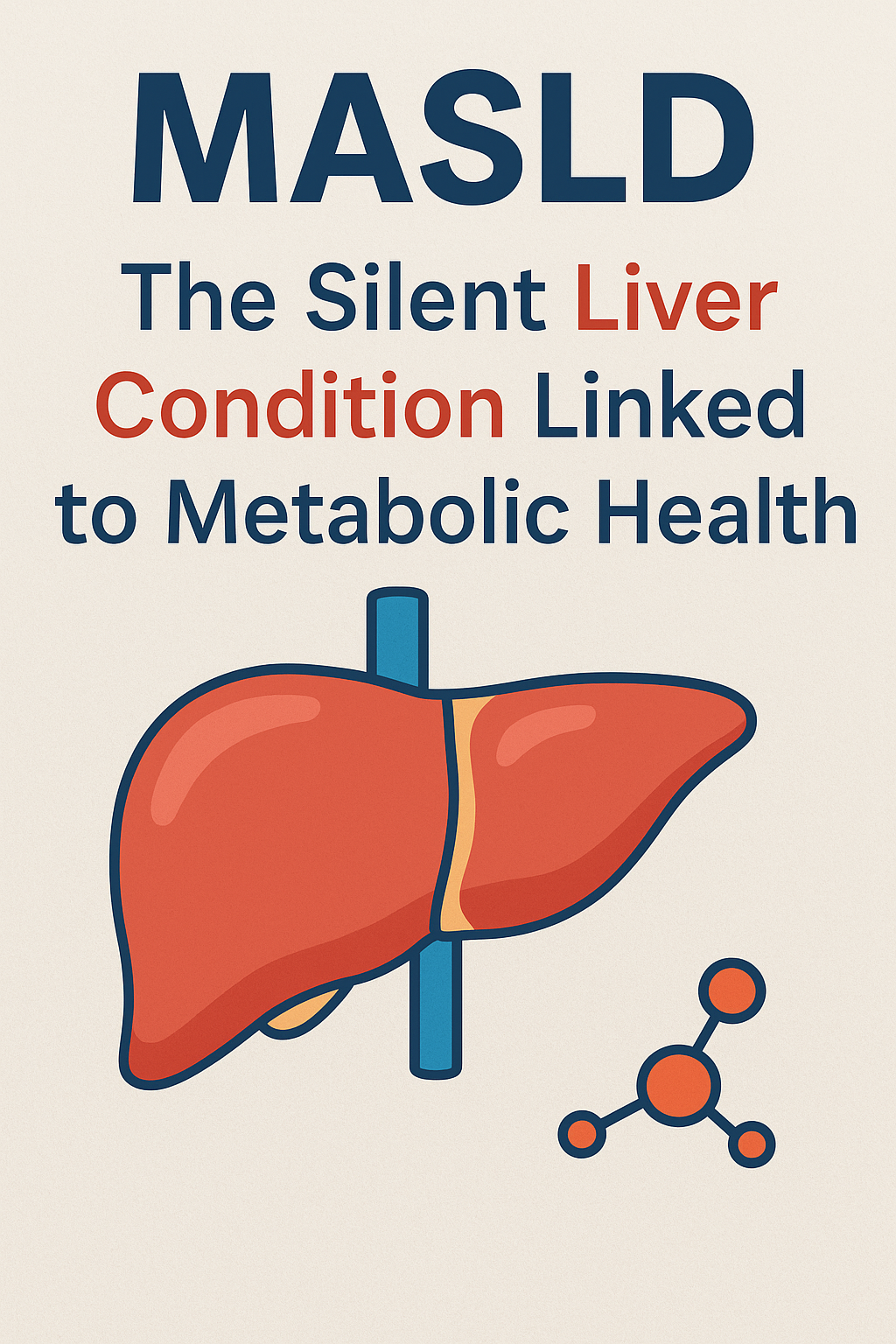When we think about longevity, we often focus on heart health, diet, and mental well-being. However, an often-overlooked factor in predicting a longer life is leg strength. Numerous studies have shown that strong legs are not just an indicator of mobility and independence in older age but also a key predictor of overall lifespan. You would not thing that simple leg exercises add years to your life, would you? Well, they do. Learn how.
The Science Behind Leg Strength and Longevity
Research has consistently linked lower-body strength with a reduced risk of mortality. A study published in the Journal of Gerontology found that individuals with stronger leg muscles had a significantly lower risk of all-cause mortality compared to those with weaker legs (Peterson et al., 2016). The study followed older adults for several years and concluded that leg strength was a more reliable predictor of longevity than even handgrip strength, another commonly measured fitness indicator.
Another study in The Lancet (Cooper et al., 2010) reported that individuals with poor lower-limb function were at a higher risk of disability and premature death. The study emphasized that maintaining leg strength helps preserve mobility, reduces the likelihood of falls, and enhances overall physical resilience.
Why Leg Strength Matters
Strength training has long been associated with a healthier and longer life. Here is how leg strength training is helping your body and mind:
- Prevents Falls and Fractures Falls are a leading cause of injury-related deaths among older adults. Strong legs provide stability, improve balance, and reduce the likelihood of falls (Tinetti et al., 2003).
- Enhances Cardiovascular Health Leg exercises such as walking, squats, and resistance training improve blood circulation and cardiovascular efficiency. A study in Circulation (Harber et al., 2009) found that stronger legs were associated with better heart function and lower cardiovascular disease risk.
- Supports Metabolic Health Leg muscles are among the largest in the body, and maintaining their strength helps regulate blood sugar levels and insulin sensitivity. Research in Diabetes Care (Sayer et al., 2012) found that individuals with greater leg muscle mass had a lower risk of developing type 2 diabetes.
- Boosts Brain Health Leg strength is closely linked to cognitive function. A study in Gerontology (Clarke et al., 2015) found that individuals with stronger legs performed better on cognitive tests and had a lower risk of developing dementia.
How to Improve Leg Strength
Building and maintaining leg strength doesn’t require hours in the gym. Here are some simple yet effective exercises:
- Squats: One of the best exercises for overall leg strength.
- Lunges: Improve balance and coordination while strengthening leg muscles.
- Calf Raises: Help strengthen the lower legs and improve stability.
- Step-Ups: Mimic real-life movements like climbing stairs.
- Walking or Jogging: A great way to maintain leg endurance and cardiovascular health.
Conclusion
Leg strength is a powerful predictor of longevity, influencing everything from mobility to cardiovascular health and cognitive function. Investing in regular lower-body exercises can significantly enhance quality of life and increase life expectancy. So, the next time you work out, remember: strong legs may lead to a longer, healthier life!
References
- Peterson, M. D., et al. (2016). “Leg Muscle Strength and Mortality in Older Adults.” Journal of Gerontology, 71(4), 552–559.
- Cooper, R., et al. (2010). “Leg Strength, Mobility, and Risk of Death in Older Adults.” The Lancet, 376(9745), 418–425.
- Tinetti, M. E., et al. (2003). “Falls and Injury Prevention in Older Adults.” New England Journal of Medicine, 348(1), 42–49.
- Harber, M. P., et al. (2009). “Muscle Strength and Cardiovascular Health.” Circulation, 119(25), 3281–3290.
- Sayer, A. A., et al. (2012). “Leg Muscle Mass and Type 2 Diabetes Risk.” Diabetes Care, 35(5), 1022–1028.
- Clarke, C. M., et al. (2015). “Leg Strength and Cognitive Function in Aging.” Gerontology, 61(6), 495–502.

Akanksha Sharma
Dr. Akanksha Sharma, Head Writer and creator of AtoZ of Pregnancy, is dedicated to empowering women, parents, and families through 360-degree knowledge. She and her team provide evidence-based advice to guide families through pregnancy, parenting and beyond.






